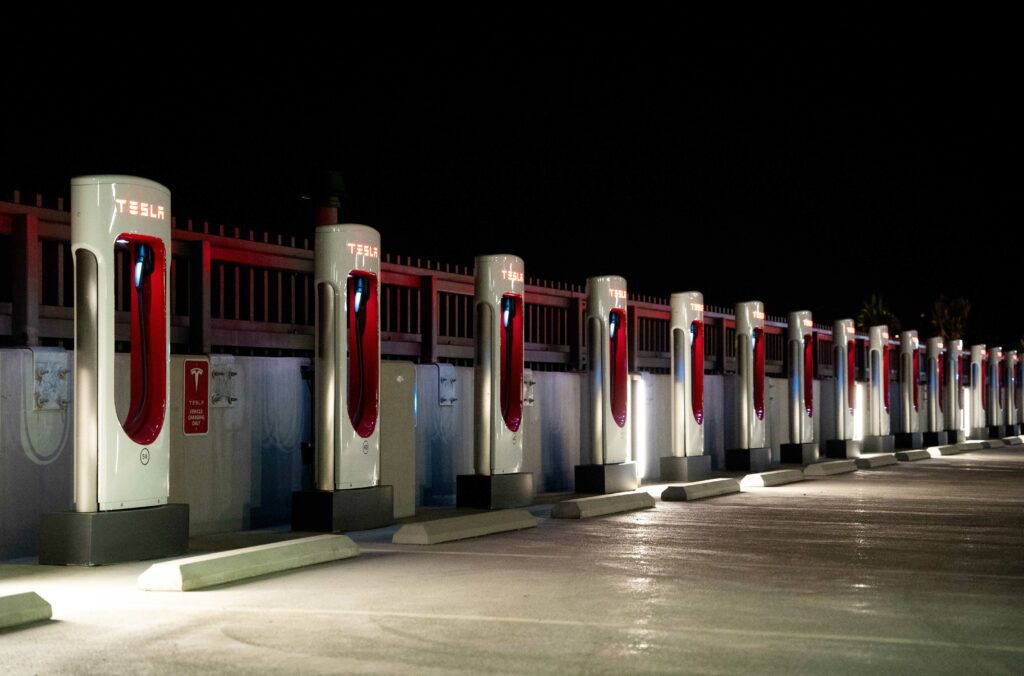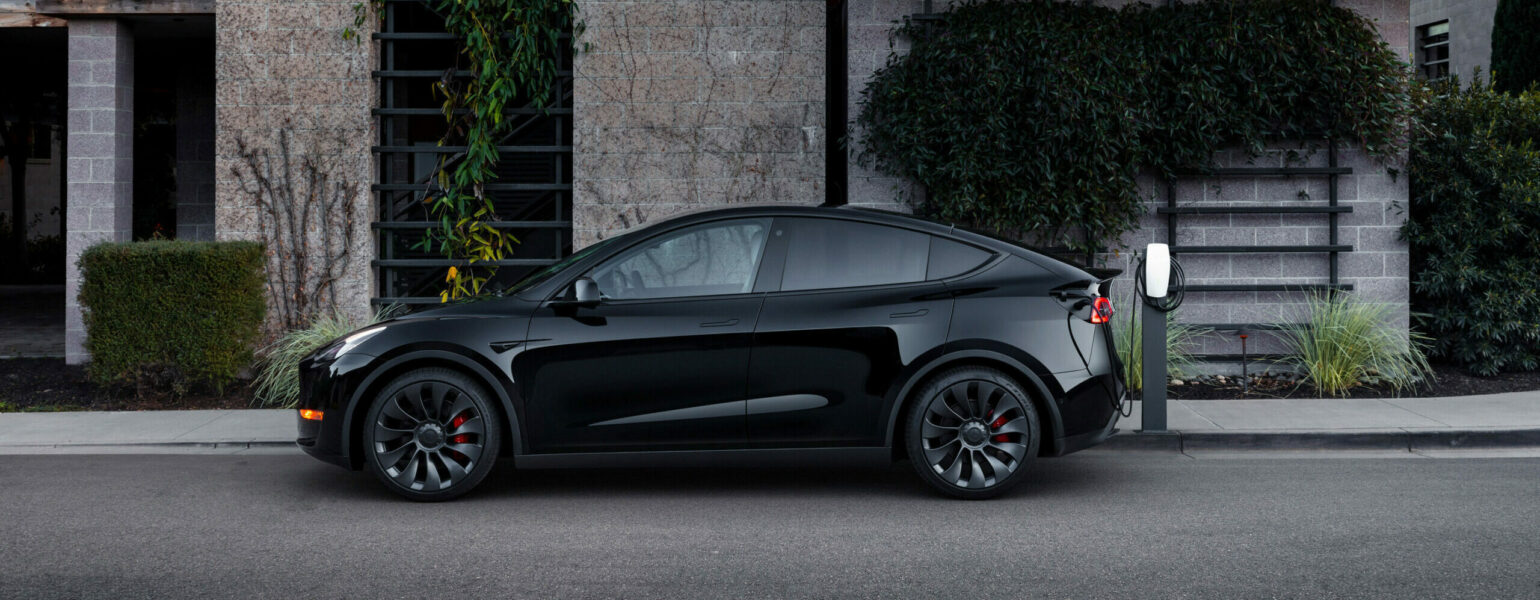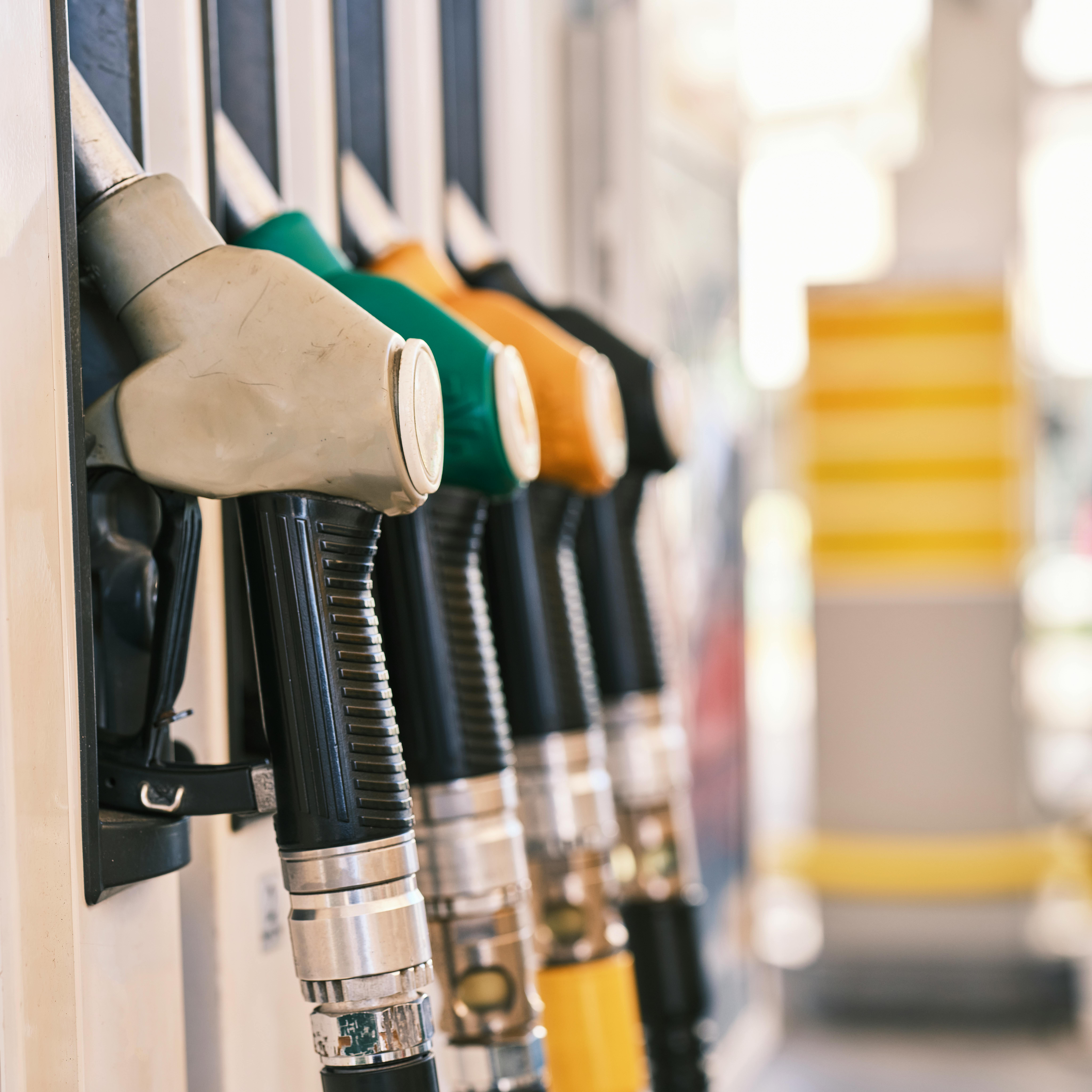
What Did The Autumn Budget 2024 Mean For Motorists?
Yesterday’s Autumn Budget was a Labour Government’s first budget in 14 years and it had already been said that it was going to be tough on taxes in some areas. Their manifesto prior to the election stated that they were going to fix 1 million potholes every year, tackle the cost of expensive insurance premiums and help EV buyers with reassurance about battery health for used vehicles.
Early indications had said that despite those positives for the UK’s 41 million drivers, they were set to start with a wave of tax rises that might dent people’s optimism. A few weeks ago it had been reported that EV’s would see road tax introductions, the fuel duty rate cut would be abolished and maybe even raised, and even road pricing may be talked about as a possible future introduction.
So what did the Autumn Budget mean for motorists? Here are the headline points:
Fuel Duty
Always start with the good news first. In a fairly big surprise to what had been rumoured, the fuel duty cut of 5p per litre introduced in 2022, and continued prize freeze, will remain in place until March 2026 at the earliest. With the cost of living remaining a key talking point for most, combined with the fluctuating prices at the pumps, it was a welcome announcement.
With the average UK motorist covering almost 7,500 miles per year, this would equate to a potential saving of £43 for petrol and £39 for diesel vehicles annually. It is claimed that freezing the fuel duty will cost the Government £3billion by 2026 but it has been continued to ‘support hard-working families and businesses’.
Electric Vehicles Taxation
A taxation for electric vehicles was expected as the amount of money raised by fuel duty continues to fall as more motorists switch from combustion engines. A first year VED rate of £10 has been added for zero-emission vehicles in order to incentivise EV purchases, especially when compared to the increase in combustion engine and hybrid vehicles taxation. Not only that but they will not then revert to the standard rate of £190 after that, the £10 car tax rate will apply until 2029-2030, representing a considerable saving for EV owners.
Vehicle Excise Duty (VED)
VED costs for all new vehicles apart from EV’s will however rise quite dramatically from April 2025, and that includes low-emission hybrid vehicles.
Rates for vehicles in the 1-50g/km of CO2 bracket, accounting for most current hybrid models, that currently pay £10 per year will pay £110.
Vehicles in the 51-75g/km of CO2 bracket that currently pay £30 will be increased to £130.
All other cars emitting 76g/km of CO2 and above will see their rates double from their current level. This means the best selling car in the UK so far this year, the Ford Puma, will see the first year rate increase to £440, whereas something like a Range Rover could cost, depending on the engine it comes with, as much as £5490 for the first year VED rate.
Standard rate of VED beyond the first year will continue to rise in line with the Retail Price Index (RPI) as it does now. The threshold for the Expensive Car Supplement, applying to vehicles that cost over £40,000 when new, will continue to be set at an additional charge of £410 for the first 5 years. The Government has said it will ‘consider’ raising the threshold of £40,000 at some point in the future.

Company Car Tax
A key part of the uptake of EV’s has been thanks to the low Benefit In Kind (BIK) rates for electric vehicles being purchased through businesses. In order to continue to encourage businesses users to be incentivised to purchase electric vehicles, the rate increases planned from now until 2028 will continue, with the 2% current rate becoming 3% in 2025-2026, 4% in 2026-2027 and 5% by 2027-2028. From 2028-2029 it will then rise to 7% and from 2029-2030 will climb another 2% to 9%.
This will also fall in line with a rise in hybrid and combustion engine cars from the same 2028-2029 tax year, in order to further encourage EV purchasing. Those in the lower emissions bracket of 1-50g/km of CO2 will then rise to 18% and again in 2029-2030 to 19%. All other vehicles will also see 1% rises in both 2028-2029 tax year and 2029-2030, increasing the rate for combustion engine vehicles to 38% and then 39% respectively.
Infrastructure Investment
The Government announced plans to invest a further £200 million in 2025-2026 in the UK’s electric charging network. With the number of EV’s set to increase year on year this is a necessary investment to ensure that the charging network can handle additional vehicles. A further £120 million will also be allocated to the plug-in vehicle grant for the purchase of electric vans, as well as wheelchair accessible vehicles.
The ‘100% First Year Allowances on EV’s and Charge points’ tax incentive for business will continue for an additional year. This means that businesses that invest in their EV vehicles and electric charging infrastructure will benefit from a full deduction in the first year.
£500 million has also been allocated for the funding of road maintenance, including pothole repairs. This means that local authorities will have additional funds to ensure that the aim to repair 1 million potholes per year is more likely. However, research by the Asphalt Industry Alliance has claimed that the existing budget of £8.3 billion is nowhere near the £16.3 billion and 10-years of work that would be required to repair Britain’s crumbling roads.
Fuel Price Transparency
The Chancellor announced a new open data scheme called ‘Fuel Finder’ to ensure fuel prices are more transparent to consumers. Set to arrive by the end of next year, the scheme should enable motorists to find the cheapest fuel near to them, without having to drive around to check the prices. It is expected that it should help drivers to save 1-6p per litre by being able to see prices in the local area before setting off to fuel their cars, as well as helping to pass wholesale price changes on to customers at the pumps.
Whilst the budget may have helped ease the pain for day-to-day motoring with the continued freeze on fuel duty prices, the considerable tax increases for those purchasing a new car will not be easy to swallow. The Society of Motor Manufacturers and Traders (SMMT) had called for additional incentives to encourage private buyers of EV’s such as Government grants, or the reduction in VAT on new EV’s or public charging point prices, however this is yet to be mentioned by the Government.
With EV’s now incurring a VED charge each year, albeit a token £10 charge, the incentive to buy an EV is even less than it was previously. With many consumers not sold on electric vehicles as a concept, either for lifestyle or practicality reasons, pricing them out of combustion engine vehicle ownership may not be the answer to get them to consider the switch.
Oracle Car Finance
Whatever The Budget had in store for motorists, you can rest assured that Oracle Car Finance has your car funding sorted. With over 2,500 Trustpilot reviews, as four-time consecutive award winners of the Best Specialist Car Finance Provider award from 2020 onwards, and having funded over £2 billion of vehicles and counting, you too can find out why thousands of people trust us time and time again to find a smarter, tailored funding solution when looking for your next dream car.
Make sure you follow us on Instagram, LinkedIn and Facebook to keep up to date with what’s happening in the market and to see some stunning photos and videos of the amazing cars we fund.












